Hello, my name’s Andrew, and this is a step-by-step guide on how to transition to zero-drop and barefoot shoes for walking, running, and casual.
Introduction
Back in 2017, I was dealing with a lot of injuries, so I decided to transition to a zero-drop shoe…except, I literally had no idea where to begin!
So I went to YouTube and started watching a bunch of tutorials.
But I just ended up more confused, because there were all these different training plans and stretches and workout routines….
I remember thinking, like: “Oh my god. There has to be an easier way.”
bought a pair of Altra Torin’s and started teaching myself how to run forefoot.

Three years later, I’ve now been running in 3mm barefoot shoes for over 3,000 miles with zero injuries, but I made a ton of mistakes and wasted a lot of money along the way.
Overview
So basically this video is the guide I wish I had back in 2017, because I’m going to make things super simple, so you can transition to zero-drop, zero-injury running in three months.
Before we dive in, though, let me give you a little preview of what we’re going to cover….
1. Why Zero-Drop
Somewhere around 2008, there was this guy in Utah named Golden Harper, who was experimenting with shaving off the extra cushioning in the backs of running shoes to make them totally flat.
He called it “zero-drop,” and eventually the idea got so popular that he went on to become the founder of Altra, which is now one of the biggest shoe brands in the world.
Born to Run
Around the same time, Christopher McDougall came out with the book Born to Run, which talked about barefoot and minimalist running, so there was this huge movement towards zero-drop footwear.
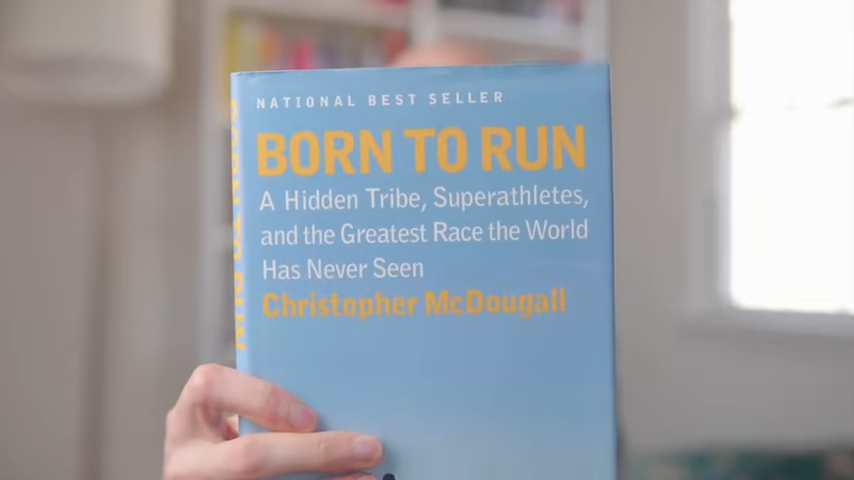
I mean…you can see why, because the human foot is flat.
So you would think that flat shoes would be a no-brainer.
Vibram Lawsuit
But the plot thickens because in 2012, this woman named Valerie Bezdeck sued Vibram for making unproven claims about the health benefits of their FiveFingers toe shoes–and the zero-drop, minimalist, barefoot debate has been raging ever since.
So…ughhh…what do we make of this?
And how do you know if YOU should make the drop?
2. Who Should Zero-Drop?
After working at a run specialty store for three years and fitting thousands of customers, I started to get a sense for when someone was about to transition to zero-drop.
They’d just have these chronic issues, you know, that didn’t get better, no matter how many brands or how many shoes they tried.

Whether it was shin splints or hip pain or a stiff back or tight muscles or all of the above, the bottom line was that…
Running just didn’t feel FUN anymore.
If you can relate, then it’s probably worth trying a zero-drop shoe.
Take it Slow
But before you dive in, I just want to make it clear that changing your stride and the shoes you run in will take time and discipline…
So please don’t go out and try to transition to forefoot running in a zero-drop right before your first marathon. Give yourself at least three months to just chill and get back the basics.

Ok, so let’s say you’re ready to make the switch…what are the best zero-drop shoes to put on your feet?
3. Best Zero-Drop Shoes
A lot of people use the terms “zero-drop,” “minimalist,” and “barefoot” interchangeably, but they’re actually three different categories of shoes.
There’s no perfect shoe for everyone, but in general, what you want to aim for is something with 0mm of drop, a wide toebox, lots of flexibility, and as light as possible.
I’ve also created a table in Notion with some basic shoe recommendations for each category, and I’ll take you through it quickly, but I’ve also linked to it down below.
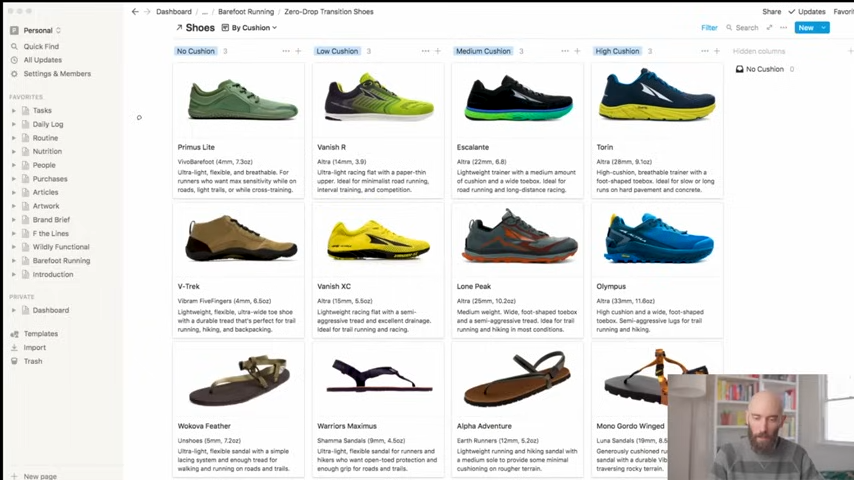
Running completely barefoot is a great way to improve your stride, but unfortunately, a lot of us live in urban areas with rusty nails and broken glass, so it’s not always practical.
Road Shoes
Therefore, the shoe I would recommend for almost everyone is the VivoBarefoot Primus Lite. Basically, it’s just a thin piece of ultra-flexible, ultra-durable rubber. And the idea is to reset you back to that barefoot feeling you had as a kid, but with just enough protection for whatever sharp objects you might step on.
Side note, VivoBarefoot recently changed the Primus Lite from 3mm to 4mm, which is a bummer, but not a big deal. Another option would be to buy some 3mm leather and make a DIY huarache sandal, which I might make a video about this summer.
Trail Shoes
Moving on, The Vibram FiveFingers V-Trek is a great option if you have wider feet or you’re running trails — and a 5mm sandal like the Wokova Feather is a good choice if you want a completely open toebox.

Lightweight Cushion
If you like the idea of a lightweight cushion shoe, then the Vanish R, the Vanish XC, and the Shamma Maxiumus sandal are all racing-flat-style options with a really minimal amount of padding.
Medium Cushion
Next up are the medium-cushion shoes. The Escalante, the Lone Peak, and the Alpha Adventure sandal. All of these have a good balance between cushion and responsiveness.
Thick Cushion
Finally, we have the mac daddies of zero-drop shoes. The Torin, the Olympus, and the Mono Gordo sandal are all super-high cushion, and they’re going to give you that full “running on a cloud” feeling.
Barefoot vs Cushion
Just keep in mind that the more cushion you have under your foot, the more unstable that shoe is going to become when the foam breaks down.
Especially with high-cushion shoes, it can start to feel like running through a swamp because your feet are literally sinking into the midsole, and that extra strain is one of the biggest reasons why runners get plantar fasciitis.
So we’ve covered the different types of zero-drop shoes, now, let’s get to the juicy part. How do you actually make the transition?
4. Zero-Drop Transition
The number one reason people fail to transition to zero-drop is that they go out and try to do too much, too fast, so I’m going to break it down into four simple steps: Preparation, Form, Routine, and Prevention.
If you follow these steps, they will take you from high-drop to zero-drop, zero-injuries in three months.
Step 1: Preparation
There are two schools of thought when it comes to safely transitioning to zero-drop shoes.
Option one is that you keep doing what you’re doing, but gradually buy lower and lower-drop shoes — from twelve millimeters all the way down to zero.
This is what I did, and I wouldn’t recommend it because it can take a long time and cost you a lot of money to work through two, three, four pairs of shoes.
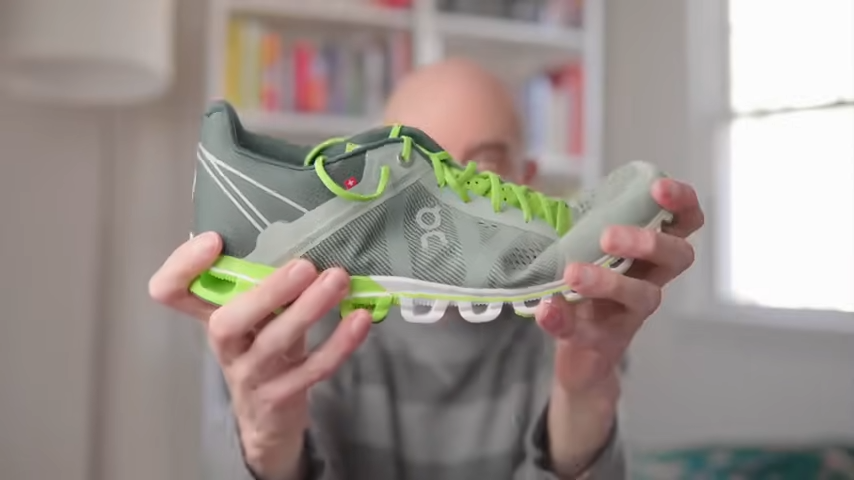
Option two is to completely reset your body by going straight to zero-drop, but keeping your milage low in the beginning to protect yourself from injuries.
A good test for whether you’re ready to start running zero-drop is if you can spend a whole day walking around at home like you normally would, but without any shoes, sandals, or inserts.

Step 2: Form
To start running zero-drop, you don’t need any special exercises or stretches or training plans — you just need one drill. I call it: “The Tightrope.”
There are three levels of The Tightrope: rolling, walking, and running.
I’m going to show you multiple angles for each level and slow down the footage, so you can see exactly what I’m talking about.
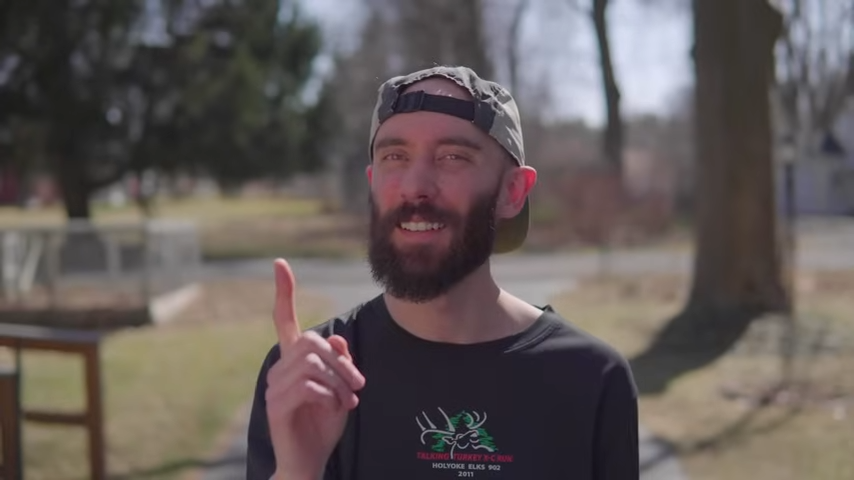
No matter what kind of shoes you end up wearing (or not wearing), the best way to learn zero-drop is by going barefoot, so you can see and feel how your foot is interacting with the ground.
Some great places to practice are local football fields or a smooth driveway, or in the wintertime, just your living room floor.
Ok, are you ready for level one? Let’s do it.
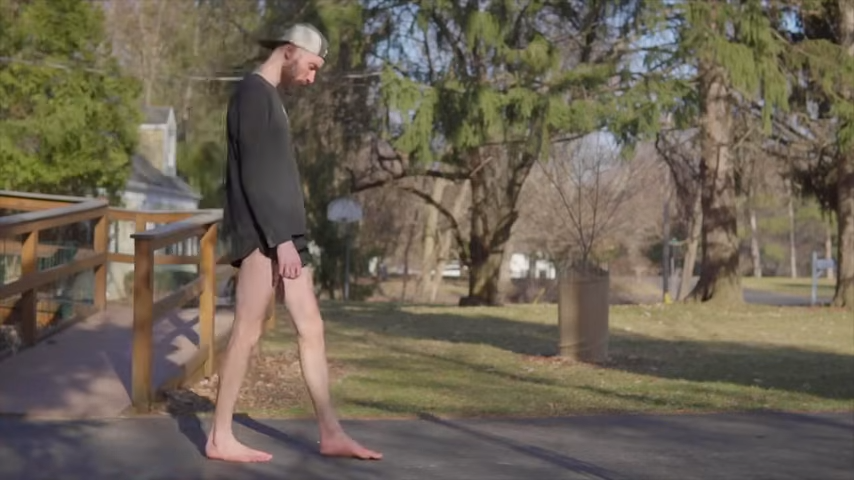
You’re going to start by walking, but instead of using a heel-to-toe stride, you’re going to use a forefoot strike.
As you bring your foot forward, tilt it outwards, so that the pad of your pinky toe touches down first.
Next, you’re going to smoothly roll your foot inwards, moving forward until all your bodyweight is centered over your heel.
Touch, roll, stop.
If you want to test your form, you can do the same walking drill while holding a cup of water filled almost to the brim. The idea is to keep your energy moving forward, like you’re gliding along a tightrope, rather than bobbing up and down.
If you can take ten steps without spilling, then you’re ready for the next level.
Walk: Next up, you’re going to take your forefoot roll and turn it into a forefoot walk.
Horizon: The trick here is to keep your eyes focused on one point, like a tree branch or a window, or even the horizon, and made sure that point stays level.
Speed: You also want to pay attention to your speed.
Accelerate: Rather than accellerating and decellerating, you should be moving at a the same speed throughout your stride.
Flow: Again, it’s the feeling of flowing forward, rather than bobbing up and down.
Note: Just a side note, you don’t have to forefoot strike all the time when you’re walking around day-to-day, but it’s an easy way to build up calf strength and work on your running form.
Andrew Folts
Andrew is a writer/filmmaker who creates video guides and reviews for a community of 34K+ creative rebels on YouTube.